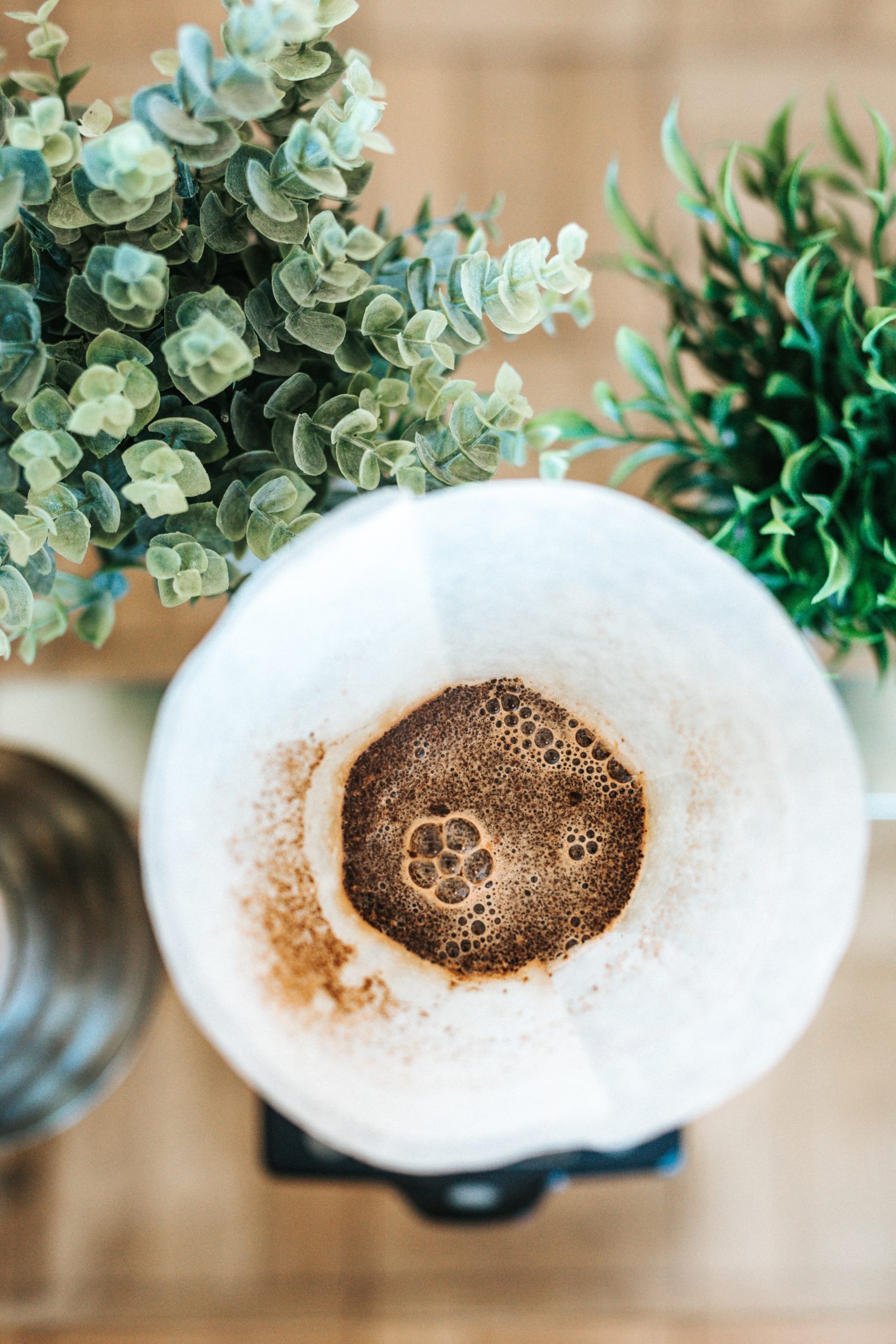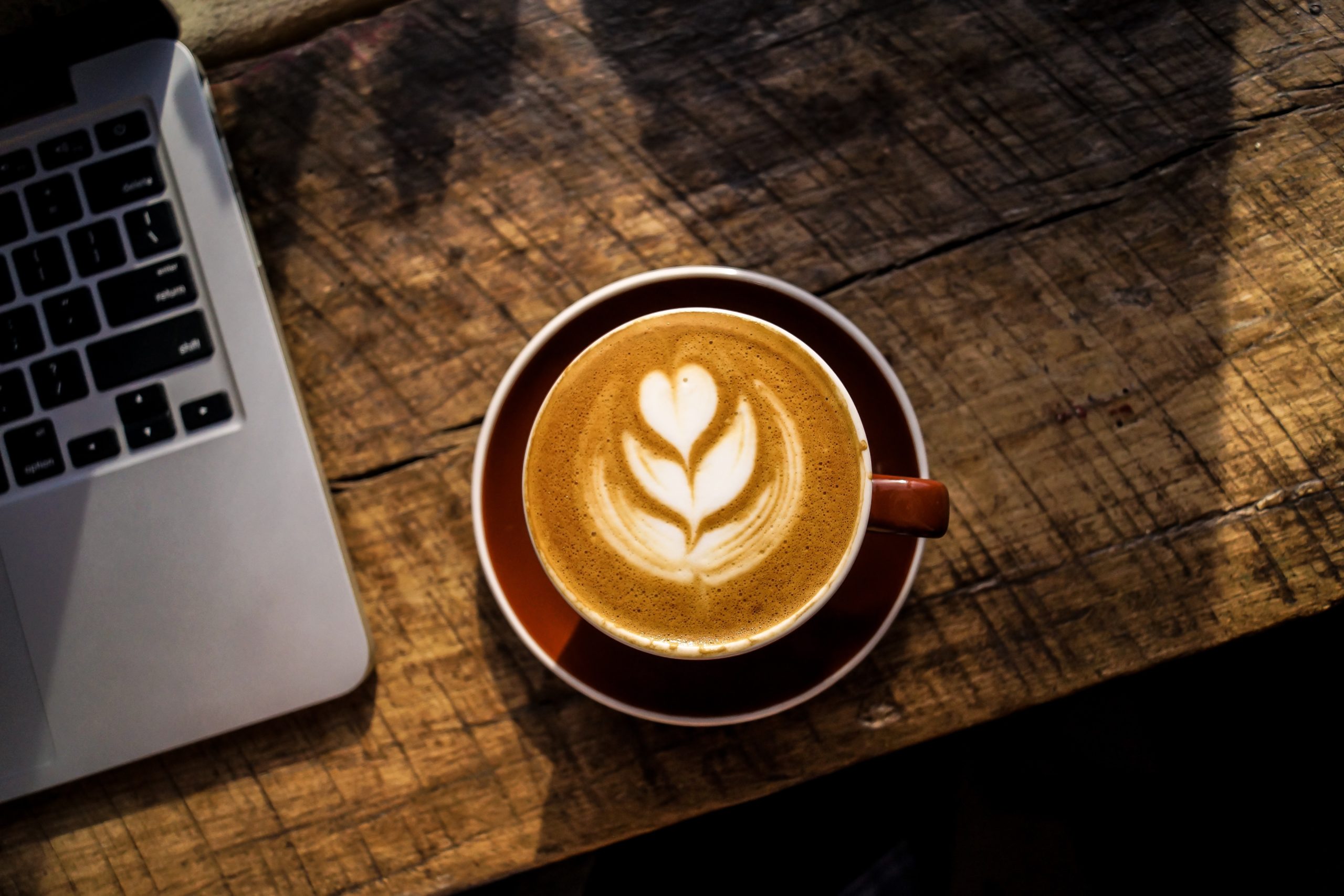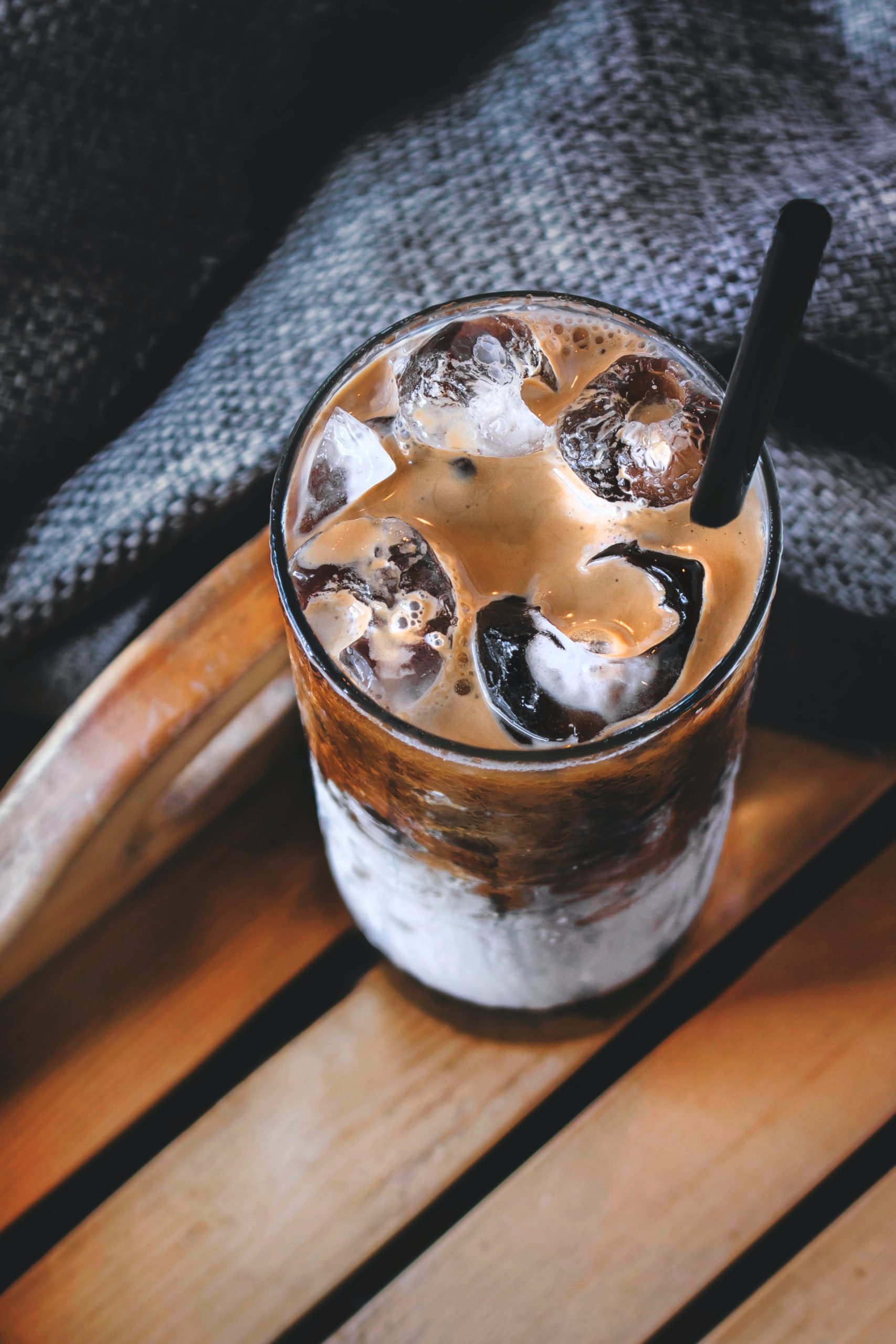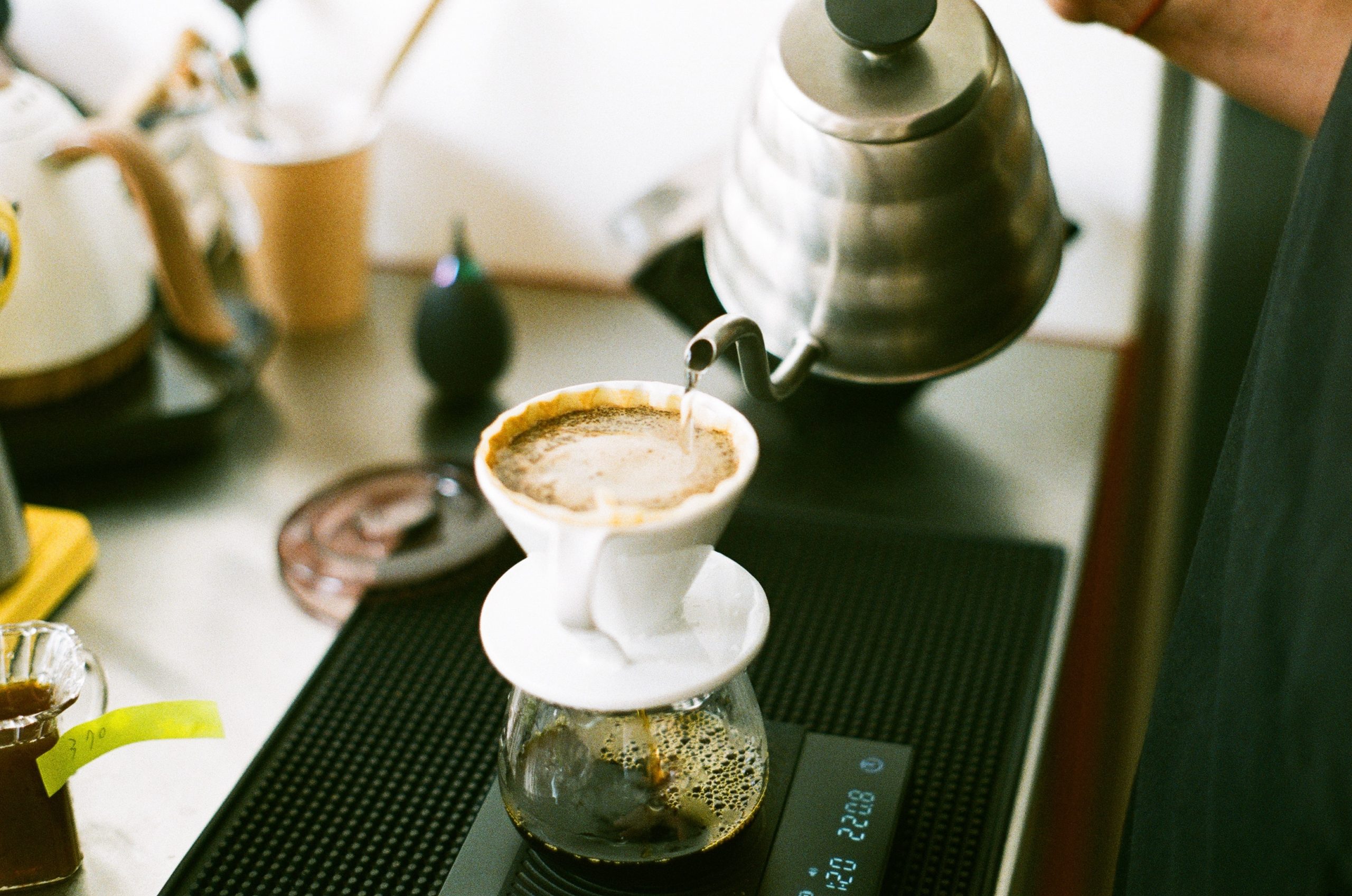The more you explore the flavours of coffee, the more that’s revealed to you. You get a taste for nuance and start tuning into subtle shades of flavour. A reaction that was at first something like, ‘Wow, that’s fruity/nutty/chocolatey’ opens out into a whole world of major and minor notes.
That’s why the only addition we generally make to our coffee is milk.
But that’s not to say that coffee doesn’t complement other flavours. It just needs the right pairing. And coffee doesn’t just have to be sipped, either: you can even crunch it, which brings us to…
Coffee granita
Coffee granita is two treats in one. It makes for wonderful refreshment on a hot day but it can also serve as a simple, delicious dessert or boozy post-dinner pick-me-up.
The Sicilians are the masters of this delectably crunchy coffee drink. They call it granita di caffè (it’s just one of many granita in the Sicilian repertoire) and on the island espresso is the only acceptable base.
We feel that any strong, delicious batch of coffee will do the trick. The knack to coffee granita is getting the ice right. To ensure a perfect glass of gorgeous icy gravel, there are two main things to bear in mind:
First, granita ice should retain a crunch, so don’t add too much sugar, which tends to make such drinks soft and slushy. Use anything between 10–15 parts coffee to one part sugar, depending on the sweetness of your tooth.
And you do have to sweat a little for your granita. As the coffee freezes, beat it furiously every hour or so with a fork. This way, once the lovely icy mess is fully frozen, the consistency will be just right.
So it’s a case of making the coffee, sweetening it, letting it cool then freezing it. Administer brisk whiskings every hour or so, right up until the freezing process is complete.
That’s for your basic coffee-granita-as-refreshment. To make a dessert of this base, you might add any (but not all) of vanilla, whipped cream, grated chocolate, mascarpone cheese or coffee liqueur.
Iced coffee
Our preferred origin story for iced coffee is very much inspired by the Nick-Kamen-stripping-in-a-launderette Levi’s ad. It takes place in some unnamed but sweltering Italian city where an Italian waiter sweats despairingly at the espresso machine, before he is struck by a life-saving brainwave that sees him commandeer the aperitivo ice for a world-changing new invention: iced coffee!
The real story is less glossy. And it’s French. The original iced coffee is café mazagran, named after a siege at Mazagran in Algeria, when French soldiers drank their coffee cold to combat the heat. (We much prefer the Levi’s ad version.)
Just like granita, you need a strong brew for iced coffee. If you like it on the sweet side, be sure to add the sugar when the coffee is still hot. Some people prefer the Canadian warm buttery mellowness of maple syrup.
If you’re having milk, whether cow or non-dairy, it goes in last. This stage is to be savoured, actually, with the white tendrils racing around the ice cubes rattling in the black depths. Opting for cream over milk just makes the whole thing silkier.
As for the coffee itself, it certainly doesn’t have to be espresso – if you’re preparing iced coffee at home, just make the coffee stronger than you normally would. And if you think homemade iced coffee is going to become ‘a thing’ for you, go the whole hog and make a big batch of black coffee ice cubes – this way the ice won’t dilute the final drink. You could chill your glass, too.
Espresso martini
They’re one-of-a-kind, espresso martinis. You’d be forgiven for being confused about their role. We tend to drink espresso in the morning or following a meal, after all – two occasions when whipping out the slender-stemmed martini glasses seems a bit off (or, in the former case, troubling).
Legendary Soho bartender Dick Bradsell invented the espresso martini in the early 1980s, when an exhausted fashion model instructed him to “wake me up and then f*ck me up”; this London original has since wended its merry way across the world.
Like many classic recipes – Thai green curry and carbonara pasta, we’re looking at you – it is frequently massacred. The quantities, ingredients and technique really matter here.
First, the ingredients:
- 45ml good vodka
- 25ml even better coffee liqueur
- 50ml espresso or other very strongly brewed coffee
- 10 ml/2 tsp vanilla syrup; you can make your own using granulated sugar
Now get a cocktail shaker and fill it around two-thirds full with ice. Pour all the other ingredients on top, fasten the shaker, then rattle like your life depends on it. That’s what produces the creamy froth when you strain the liquid into your (chilled) martini glass. We like a bit of chocolate powder sprinkled on ours, cappuccino style.
Gingerbread latte
Starbucks. There. You might be surprised to see their name on our blog. But the coffee behemoth’s bells-and-whistle dessert-drinks are a cultural phenomenon and their dastardly gingerbread latte arguably the defining Christmas flavour of our time.
Unlike the espresso martini, you’re not tapping into a heritage of gastronomic perfectionism here. The gingerbread latte is the onesie of the drinks world: it’s all about getting cosy.
The key is the spice syrup. You want those Christmassy flavours, so dig around in the cupboard for ground ginger, nutmeg and cinnamon. Per cup, you need a teaspoon of ginger and a quarter to half a teaspoon each of nutmeg and cinnamon.
Add them to a pan with a little vanilla extract, a tablespoon of sugar and 100ml of milk. You could pop a clove in there, too. Warm the whole lot through until everything melds beautifully together. Whisk in another 150ml of milk then add 70ml of strong-brewed coffee.
Toppings of whipped cream, sprinkles, chocolate shavings and mini gingerbread men optional. Any day you make gingerbread latte is Christmas day, when everyone knows calories don’t count.








